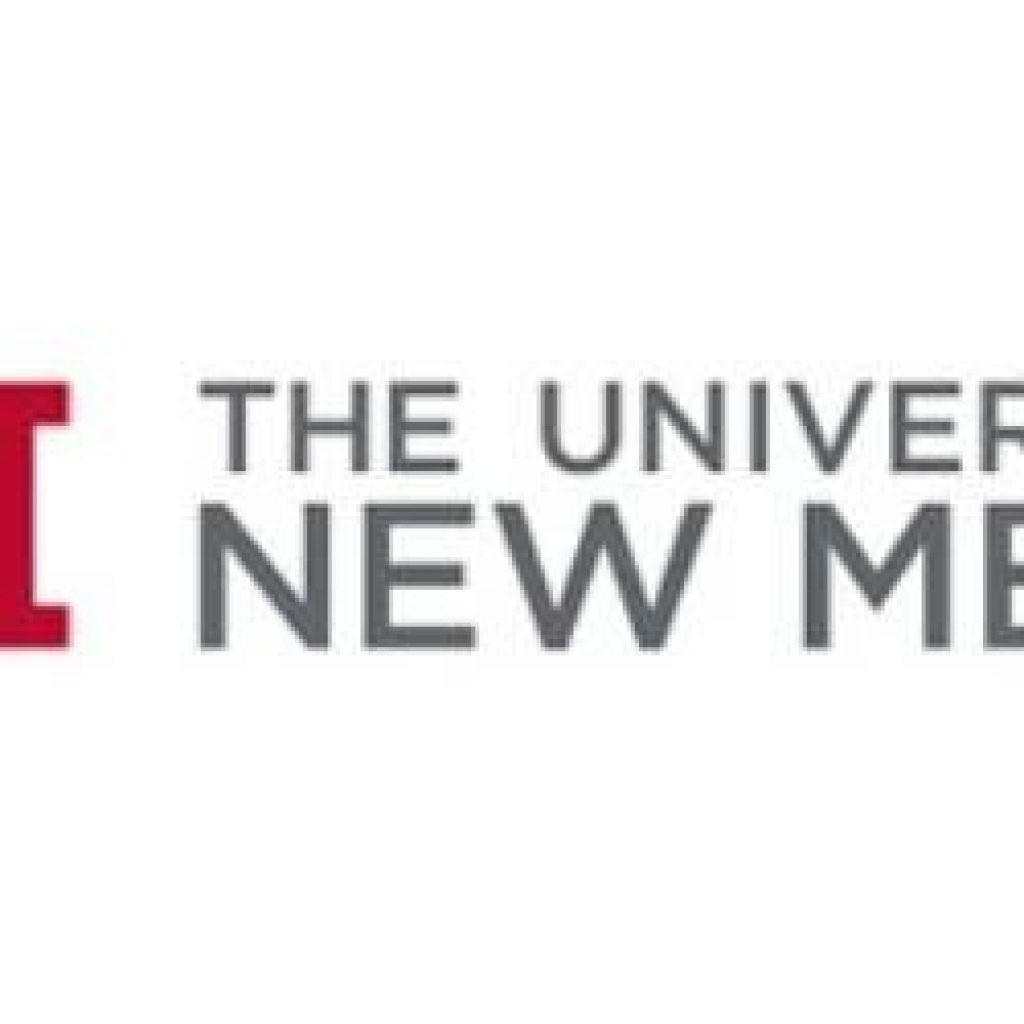(Engineering.UNM.edu) The University of New Mexico recently joined the IBM Q Hub at North Carolina State University as its first university member.
The NC State IBM Q Hub is a cloud-based quantum computing hub, one of six worldwide and the first in North America to be part of the global IBM Q Network. This global network links national laboratories, tech startups, Fortune 500 companies, and research universities, providing access to IBM’s largest quantum computing systems.
Access to systems such as IBM’s newly announced 53 qubit processor (as well as several 20 qubit machines) is just one of the many benefits to UNM’s participation in the IBM Q Hub when it comes to data analysis and algorithm development for quantum hardware. Quantum knowledge will only grow with time, and the IBM Q Hub will provide unique training and research opportunities for UNM faculty and student researchers for years to come.
How did this partnership come to be? Two years ago, a sort of “call to arms” was sent out among UNM quantum experts, saying now was the time for big ideas because federal support for quantum research was gaining traction. Devetsikiotis’ vision was to create a quantum ecosystem, one that could unite the foundational quantum research in physics at UNM’s Center for Quantum Information and Control (CQuIC) with new quantum computing and engineering initiatives for solving big real-world mathematical problems.
CQuIC is the foundation of UNM’s long-standing involvement in quantum research, resulting in participation in the National Quantum Initiative (NQI) passed by Congress in 2018 to support multidisciplinary research and training in quantum information science. UNM has been a pioneer in quantum information science since the field emerged 25 years ago, as CQuIC Director Ivan Deutsch knows first-hand.
As part of the Q Hub at NC State, UNM gains access to IBM’s largest quantum computing systems for commercial use cases and fundamental research. It also allows for the restructuring of existing quantum courses to be more hands-on and interdisciplinary than they have in the past, as well as the creation of new courses, a new master’s degree program in QCIS, and a new university-wide Ph.D. concentration in QCIS that can be added to several departments including ECE, Computer Science, Physics and Astronomy, and Chemistry.
The University of New Mexico Becomes IBM Q Hub’s First University Member
